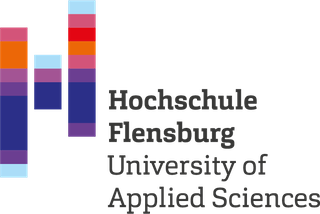Mobiles Lernen - Effekte touch-basierter Interaktion auf Tablets beim Lösen räumlicher Aufgaben im Mathematikunterricht
Montag, M., Wetzel, S., Bertel, S., & Zander, S. (2017). Mobiles Lernen - Effekte touch-basierter Interaktion auf Tablets beim Lösen räumlicher Aufgaben im Mathematikunterricht. PAEPSY 2017. Münster, Germany.
